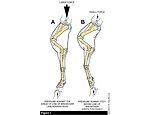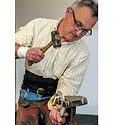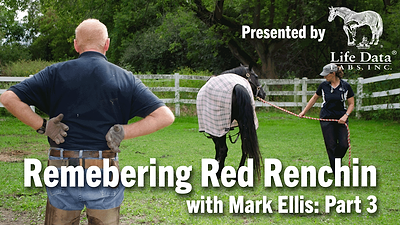Advertise Follow Us
Trimming
Hoof Beats
Conformational Corrections in Foals
Hoof-care professionals and horse owners can resolve early developmental issues through team approach
Read More
Research Journal: December 2020
The information, ideas and opinions expressed are those of the author and do not necessarily represent those of the United States Department of Agriculture.
Read More
Equine Reciprocating Systems
Hoof Trim has Varied Effects on the Equine Forelimb
Demonstrations and real-life examples challenge farriers to think about their approach to solving foot problems
Read More
Upper Body Straightness is Key to Jumper Success
Wisconsin farrier relies on rockers and a two-plane approach to trim
Read More
2020 Farrier Business Practices Survey
Full-time Farrier Income Skyrockets
Data from the latest Farrier Business Practices Survey shows an 11% increase in yearly gross income compared with 2 years earlier
Read More








